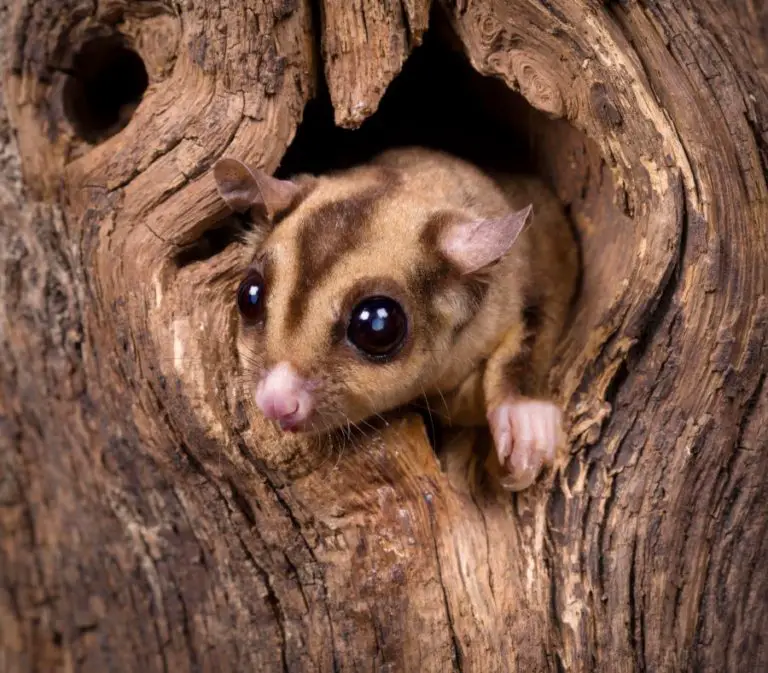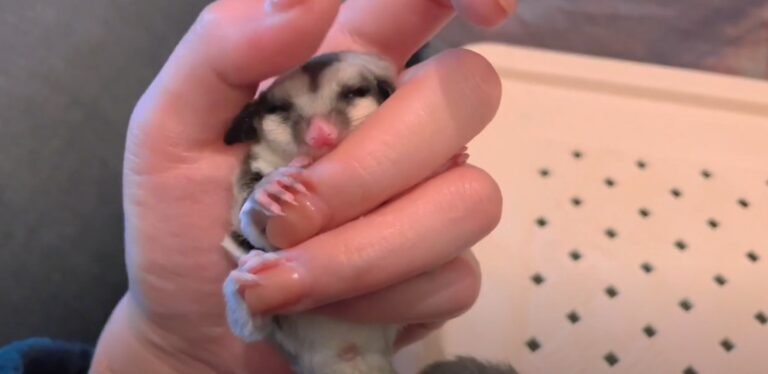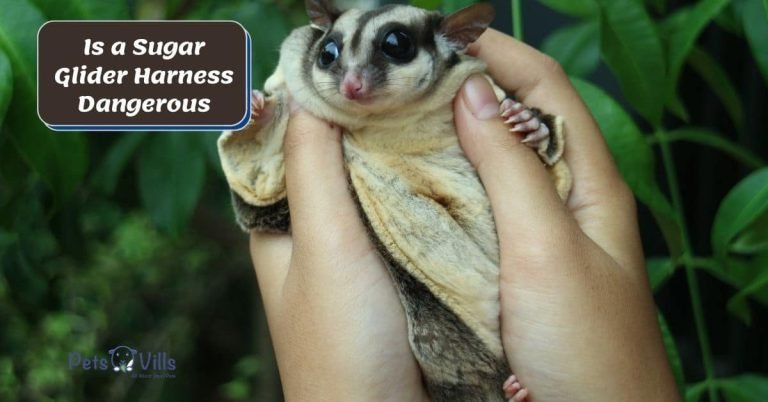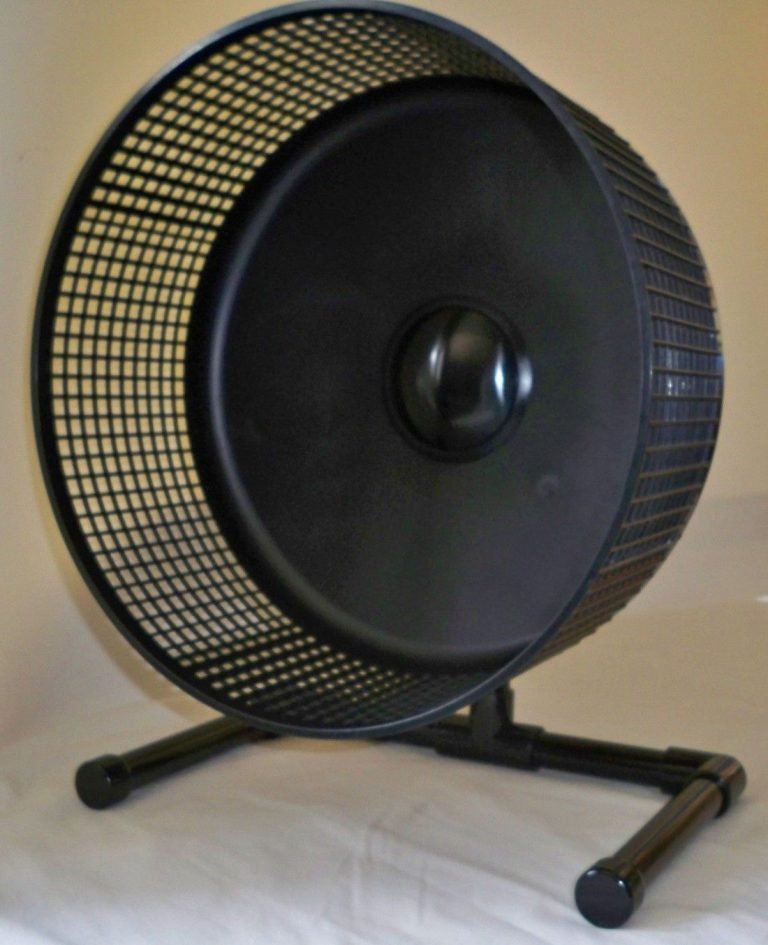Do Sugar Gliders Hibernate
Do Sugar Gliders Hibernate?
Yes, sugar gliders do hibernate, but it is not a typical or consistent behavior for them. Unlike many other animals that hibernate during the winter months to conserve energy and survive in harsh conditions, sugar gliders have more flexible metabolic and energy requirements. In this article, we will explore the hibernation habits of sugar gliders, the factors that influence their hibernation patterns, and what you need to know if you own one as a pet.
Hibernation in the Wild
In their natural habitat of Australia, Indonesia, and Papua New Guinea, sugar gliders are arboreal creatures that live in tree hollows and exhibit seasonal breeding patterns. The availability of food, temperature, and daylight hours all play significant roles in their hibernation behavior. When food sources become scarce, and the temperature drops, sugar gliders may enter a state of torpor, which is similar to hibernation.

During torpor, the sugar glider’s metabolic rate slows down, and its body temperature decreases, allowing it to conserve energy. This temporary hibernation-like state can last for a few hours or several days, depending on the availability of food and the coldness of the environment. Once the conditions improve, sugar gliders wake up from torpor and resume their normal activities.
Factors Influencing Hibernation Patterns
Several factors can influence the hibernation patterns of sugar gliders, both in the wild and in captivity. These factors include:
Food Availability
The availability of food plays a crucial role in determining whether sugar gliders will enter a state of torpor or hibernate. During the winter months when food sources are scarce, sugar gliders may go into torpor to conserve energy until food becomes more abundant. In captivity, providing a consistent and nutritious diet can help minimize the chances of hibernation-like behavior.
Temperature
Temperature is another essential factor that affects the hibernation patterns of sugar gliders. In the wild, when the temperature drops below a certain threshold, sugar gliders may enter torpor to conserve heat and energy. Similarly, in captivity, if the temperature in their environment drops too low, sugar gliders may hibernate. It is important to provide a warm and comfortable enclosure for pet sugar gliders to prevent hibernation.
Lighting Conditions
The length of daylight hours also influences the hibernation behavior of sugar gliders. In the wild, as the days become shorter during the winter months, sugar gliders may enter torpor in response to the decreased daylight. In captivity, replicating natural lighting conditions by using full spectrum lighting or adjusting the lighting schedule can help regulate their hibernation patterns.
Pet Sugar Gliders and Hibernation
If you own a pet sugar glider, it is important to understand their hibernation tendencies and take appropriate measures to ensure their well-being. While sugar gliders in captivity have more consistent access to food and controlled temperature settings, they may still exhibit hibernation-like behavior under certain conditions.
It is crucial to provide a warm and comfortable living environment for pet sugar gliders, especially during the winter months. Monitor the temperature in their enclosure and make adjustments if necessary to prevent them from entering a state of hibernation. Additionally, ensure that they have a balanced and nutritious diet to minimize the chances of hibernation-like behavior.
Frequently Asked Questions
Q: Can I wake up a hibernating sugar glider?
A: It is not recommended to wake up a hibernating sugar glider abruptly. They go into hibernation or torpor as a natural response to conserve energy and survive during unfavorable conditions. Disturbing their hibernation can cause stress and have negative effects on their health. It is best to provide a suitable environment and allow them to wake up on their own when conditions improve.
Q: How long do sugar gliders hibernate?
A: The duration of hibernation or torpor in sugar gliders can vary based on environmental factors such as temperature and food availability. It can range from a few hours to several days. If conditions improve, sugar gliders will naturally wake up from hibernation or torpor.
Q: Are sugar gliders endangered by hibernation?
A: Sugar gliders are not endangered by hibernation or torpor. It is a natural survival mechanism for them when resources are scarce or environmental conditions are unfavorable. However, if sugar gliders are in captivity, it is essential to monitor their hibernation patterns, provide proper care, and prevent prolonged hibernation as it can be detrimental to their health.
Final Thoughts
While sugar gliders do exhibit hibernation-like behavior, it is important to understand that their hibernation patterns are influenced by various factors such as food availability, temperature, and lighting conditions. If you own a pet sugar glider, providing them with a warm and comfortable living environment, a nutritious diet, and maintaining appropriate lighting conditions can help prevent hibernation and promote their overall well-being. Always consult with a veterinarian experienced in exotic pets for guidance on how to care for your sugar glider and address any concerns regarding their hibernation tendencies.







